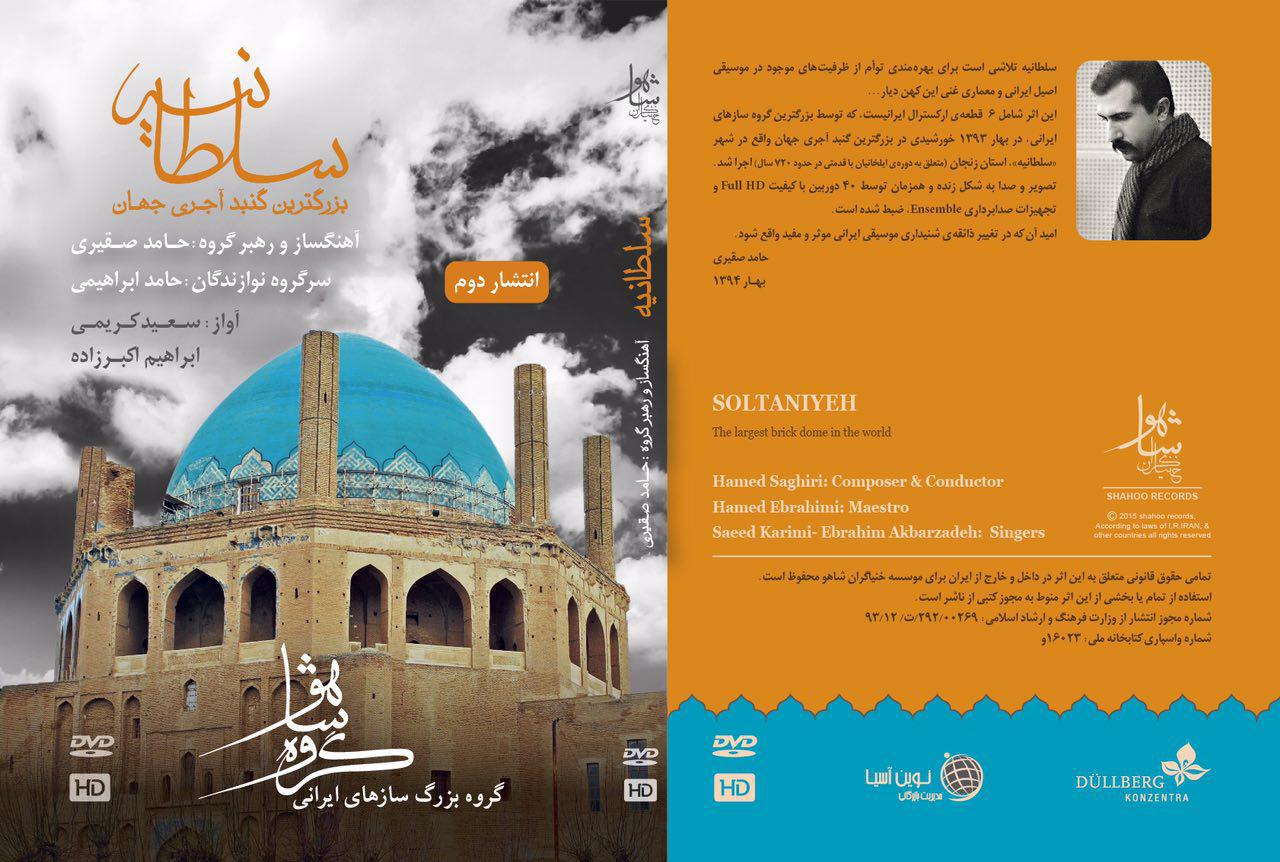1. Rudkhan Castle
Hidden in the humid green forests of Iran's northern Gilan province is Rudkhan Castle, a medieval military fortress whose origins predate the rise of Islam in Iran.
Few foreign tourists have visited the site, which is a popular attraction among Iranians.
Work started on the castle during the Persian Sassanid era, between A.D. 224 and 651. Followers of the Ismaili sect (the infamous "Assassins" or "Hashashin") are believed to have renovated and completed the fortress during the late 11th to 12th centuries.
The hike up to the castle, which is situated along two peaks of a verdant mountain, takes more than an hour, prompting many locals to call Rudkhan the "Castle of a Thousand Steps."
After you've made the trek back down, it's worth stopping off for food on the drive back on the main highway toward Rasht, the capital of Gilan province. Try a northern Iranian lunch at the exquisite Pich restaurant (Pich Restaurant, Rasht to Anzali Highway, Khomam Beltway; +98 132 422 7554; Pichrestaurant@yahoo.com.) The "Torsh" kabob -- tenderloin marinated in pomegranate paste, walnuts and garlic -- is a particularly appetizing regional specialty.
2. Bekhradi Historical House
This 400-year-old inn built in Persia's Safavid era features four tastefully decorated multiroomed guest suites and is the oldest house to be restored in Iran.
Its renovation and artistic restoration took local interior designer and restoration specialist Morteza Bekhradi five years to engineer and complete.
Peppered with stained-glass windows and original artwork from the Safavid and subsequent Qajar eras, the house sits between two gardens replete with fruits and wildflowers.
The house's furniture was designed by Bekhradi using wood from the chenar (plane) trees that line the streets and historic gardens of Isfahan.
The designer says he sought to stay true to the setup of the original home, which he says is believed to have belonged to a Safavid-era aristocrat. Even the traditional heavy Iranian wooden doors lining the entryways of the upstairs suites belonged to the original house and were restored using chenar wood. Doors throughout the rest of the historical residence, which boasts an intricately decorated traditional "hojreh" room for cooling and relaxation, are chenar-wood replicas of Safavid originals.
To date, most guests have discovered the inn only by word of mouth, and even local Isfahanis are only just beginning to learn about this hidden gem.
3. Soltaniyeh Dome
A UNESCO World Heritage site in the northwestern province of Zanjan, the mausoleum of Oljaytu at Soltaniyeh is topped by one of the world's largest domes.
Built between 1302 and 1312 in Soltaniyeh, the capital city of the Mongols' Ilkhanid Dynasty, the monument is a mausoleum for Il-khan Oljeitu, the Ilkhanid's eighth ruler. Though much of the structure's exterior coloring and tiles have faded through the centuries, the intricate brickwork, tilework and vibrant designs inside the mausoleum have remained largely unscathed.
The unique double-shelled structure of the Soltaniyeh Dome is also believed to have influenced the design of India's Taj Mahal mausoleum.
Interesting factoid: Oljeitu was born to a Christian mother and baptized as Nicholas. He later became Buddhist and then converted to Islam.
He intended for the Soltaniyeh Dome to house religious artifacts, but after clerics banned him from doing so, he decided to make the monument his own tomb.
Visits to the dome are worth sidetracking to Zanjan for a lunch of classic Iranian dizi, or lamb and chickpea soup, at Carvansarai Sangi (Zanjan, Iran; +98 241 326 1266), an ancient pit stop that's been converted into a popular local restaurant.



